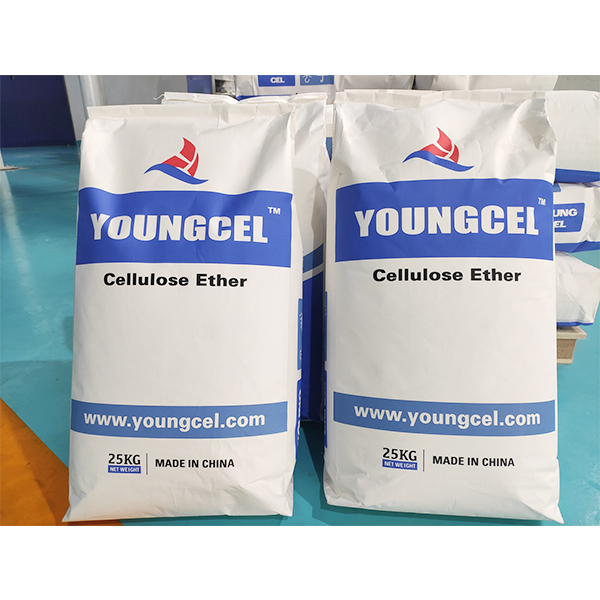Chemicals for Making Cement A Comprehensive Overview
Cement is one of the most vital materials in construction, serving as the foundational component in concrete production. The chemical composition of cement is complex, involving various raw materials and additives that enhance its performance and durability. Understanding the chemicals used in making cement is crucial for both manufacturers and users, as it influences the quality, strength, and setting times of the final product.
Basic Components of Cement
The primary raw materials for cement production include limestone, clay, and minerals such as iron ore and bauxite. These materials undergo a transformation in a kiln at high temperatures, typically around 1400 to 1600 degrees Celsius, to produce clinker. The clinker is then ground together with gypsum and other additives to produce the final cement product.
1. Limestone (Calcium Carbonate) The primary source of calcium in cement, limestone is abundant and inexpensive. When heated in the kiln, it decomposes into lime (calcium oxide) and carbon dioxide. The lime reacts with silicates and aluminosilicates to form the compounds essential for cement's strength.
2. Clay (Aluminosilicate) Clay provides aluminum and silica, which are necessary for the formation of various silicate compounds within the cement. The combination of clay and limestone at high temperatures leads to the creation of compounds such as tricalcium silicate (C3S) and dicalcium silicate (C2S), which contribute significantly to the cement’s strength.
3. Iron Ore This additive helps to control the iron content in the clinker and can affect the color of the cement. It also influences the formation of various phases during the clinkerization process, enhancing the robustness of the final product.
4. Bauxite Bauxite is often used as a source of aluminum. Its inclusion in small quantities helps to refine the cement's chemical characteristics, ensuring it meets the required specifications for specific applications.
chemicals for making cement

Additives and their Functions
In addition to the primary raw materials, manufacturers often use a range of chemical additives to improve specific properties of cement
1. Gypsum Added to control the setting time of cement, gypsum reacts with hydration products to form calcium sulfate. This slow-release of calcium helps prevent the premature setting of the cement, allowing for better workability.
2. Fly Ash A byproduct of coal combustion, fly ash is used as a pozzolanic additive. It enhances the strength and durability of concrete while reducing energy consumption and carbon emissions associated with cement production.
3. Limestone Powder When finely ground, this can serve as a partial replacement for clinker in cement. It contributes to improved workability and reduces the overall cost of cement production.
4. Superplasticizers These chemical admixtures improve the flow characteristics of the cement mixture and allow for reduced water content without compromising workability, leading to higher strength and lower permeability in concrete.
Conclusion
The production of cement involves a variety of chemicals that play critical roles in determining its properties and performance. From the fundamental components like limestone and clay to innovative additives such as fly ash and superplasticizers, each ingredient is selected to meet specific requirements for strength, durability, and environmental sustainability. As the construction industry continues to evolve, understanding these chemicals and their functions will remain essential for the development of high-quality, efficient, and sustainable cement products.
-
Rdp Powder: Key Considerations for Wholesalers in the Building Materials IndustryNewsJul.08,2025
-
Key Considerations for Wholesalers: Navigating the World of Hpmc - Based ProductsNewsJul.08,2025
-
Hpmc Detergent: Key Considerations for WholesalersNewsJul.08,2025
-
Key Considerations for Wholesalers: China Hpmc For Tile Adhesive, Coating Additives, Concrete Additives, and MoreNewsJul.08,2025
-
Crucial Considerations for Wholesalers: Navigating the World of Construction MaterialsNewsJul.08,2025
-
Key Considerations for Wholesalers Sourcing Additive For Cement, Additive For Concrete, Additive For Putty from Additive Manufacturer Shijiazhuang Gaocheng District Yongfeng Cellulose Co., Ltd.NewsJul.08,2025




